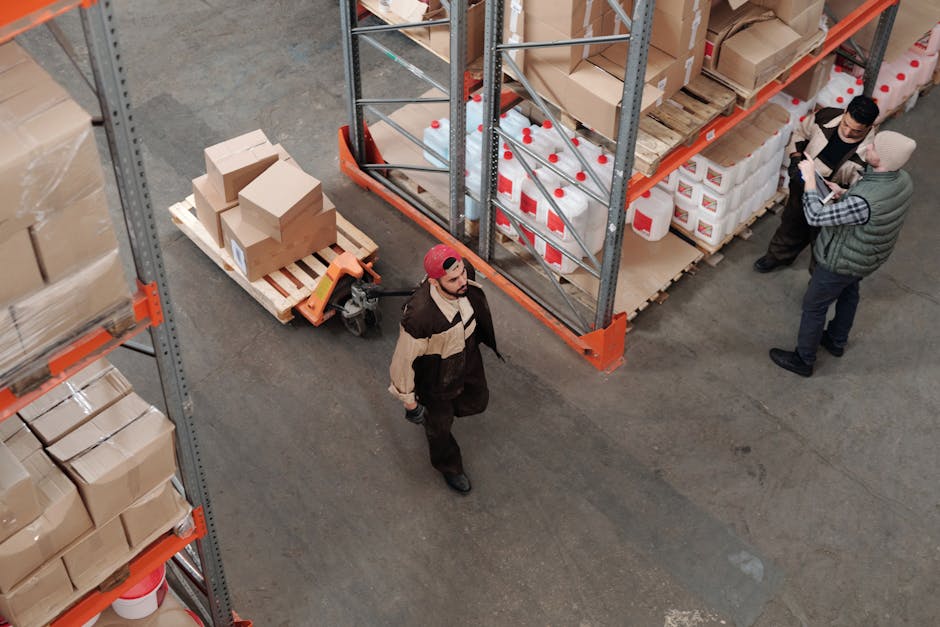Urban gardening has gained immense popularity in recent years, driven by a desire for sustainability, fresh produce, and a connection to nature amidst the concrete jungle. As city dwellers look to maximize limited space, they often face the decision of which gardening method to adopt. Two prominent approaches are hydroponics and traditional soil gardening, each with its unique benefits and challenges. This article aims to compare both methods, helping urban gardeners make informed choices based on their circumstances and preferences.
Hydroponics, a method of growing plants without soil, uses nutrient-rich water to nourish plants directly. This innovative approach has garnered attention for its efficiency and potential to produce high yields in smaller spaces. On the other hand, traditional soil gardening relies on the natural ecosystem of the soil, utilizing its nutrients and microorganisms to support plant growth. Each method has its advocates, and understanding the distinctions can empower gardeners to select the best fit for their urban environment.
One of the primary advantages of hydroponics is its water efficiency. Since the system recirculates water, it uses significantly less compared to traditional gardening, which often requires frequent watering and can lead to runoff. This makes hydroponics an attractive option in urban areas where water conservation is crucial. Additionally, hydroponic systems can be set up indoors or on rooftops, allowing for year-round cultivation regardless of outdoor climate conditions. Such flexibility is a game-changer for urban gardeners wishing to grow fresh produce in limited spaces.
Conversely, traditional soil gardening provides a more tactile and immersive experience. Many gardeners appreciate the connection to nature that comes from working with soil, which is rich in beneficial microorganisms that contribute to plant health. Soil gardening can also be more forgiving for beginners; the learning curve is often less steep, as plants can thrive with less precise nutrient management compared to hydroponics. Moreover, soil gardening encourages biodiversity, as various insects and worms contribute to the ecosystem, promoting a healthy growing environment.
Cost is another significant factor when comparing these two methods. Setting up a hydroponic system can involve a substantial initial investment in equipment like pumps, reservoirs, and grow lights. While these costs can be offset by higher yields, the upfront expense may deter some gardeners. Traditional soil gardening, in contrast, requires fewer specialized tools and can be initiated with minimal investment, making it accessible for those on a budget. Additionally, soil gardening allows for the use of compost and organic materials, further reducing costs and enhancing sustainability.
Finally, maintenance and time commitment can vary greatly between the two methods. Hydroponics requires regular monitoring of nutrient levels and pH balance, demanding a more hands-on approach and technical knowledge. While this can be rewarding for those interested in a scientific approach, it may overwhelm casual gardeners. Traditional soil gardening, while still requiring care, often allows for a more relaxed pace, with less frequent adjustments needed once the garden is established. This can make soil gardening more appealing for those who seek a low-maintenance hobby.
In conclusion, both hydroponics and traditional soil gardening offer unique advantages and challenges for urban gardeners. Hydroponics excels in water efficiency and space utilization, making it ideal for those seeking high yields in confined areas. However, traditional soil gardening provides a more natural and accessible approach, fostering a connection to the earth while promoting biodiversity. Ultimately, the choice between these two methods will depend on individual preferences, budget, and specific urban gardening goals. By understanding the strengths and weaknesses of each approach, urban gardeners can cultivate their green spaces more effectively and enjoy the fruits of their labor.

